The Forgotten M60E1: An Early Attempt to Improve the M60 Machine Gun

I previously covered the M60 to the M60E6, but now we turn to a lesser-known stepping stone: the M60E1. Developed as a prototype, the M60E1 represented an early attempt to correct many of the shortcomings of the original M60, which entered service in 1957, saw heavy use in Vietnam, and remained in U.S. military arsenals until its gradual retirement in the 1990s.
When the United States adopted the M60 machine gun in the late 1950s, it represented a major step toward a modern general-purpose machine gun (GPMG). Lightweight for its class, chambered in the new 7.62x51mm cartridge, it seemed like a success on paper. In reality and in combat, however, the M60’s promise was quickly undercut by a series of flaws that frustrated troops and plagued the weapon throughout its service life.
To address these issues, engineers developed the M60E1 prototype. Though it never entered mass production, the E1 played an important role in shaping the weapon’s future and laid the groundwork for later, more successful designs such as the M60E3, M60E4, and M60E6.
Undesired Features of the Original M60
The standard M60 became the iconic American machine gun of the Vietnam era, but its flaws were hard to ignore. Soldiers and Marines quickly identified several design problems:
- Barrel-Change Issues: Unlike many other GPMGs, the M60 required an asbestos mitt to change the hot barrel. This was awkward in peacetime and more so in combat.
- Bipod Mounting Location: The M60’s bipod was attached to the barrel. Every time a barrel was changed, the bipod went with it, leaving the gun unsupported. This also meant spare barrels had to be carried with extra bipods and gas cylinders, adding unnecessary weight.
- Durability Concerns: The receiver and internal components wore down quickly. Pins and spring plates loosen with wear. Another issue is the need for a lacing wire to hold the gas system together.
- Maintenance Issue: The M60 demanded careful attention as the gas piston could be installed backwards.
While the M60 was effective, these shortcomings left soldiers and Marines calling for improvements.
Development of the M60E1
The M60E1 emerged as the first systematic attempt to correct these problems. It was a refinement project focused on making the M60 more user-friendly in combat.
Key changes included:
- Quick-Change Barrel: The carrying handle was moved from the trunnion to the barrel itself, allowing the hot barrel to be swapped quickly without a mitt.
- Relocated Bipod: Instead of being mounted to the barrel, the bipod was fixed to the gas cylinder assembly. This allowed the gun to remain supported during barrel changes, like most other GPMGs.
- Relocated Gas System: The gas system was relocated, so it was no longer directly attached to the barrel assembly but connected directly to the trunnion and receiver.
These upgrades collectively made the M60E1 far more practical and would be a more combat-effective solution to the standard model.
Despite its promise, the M60E1 was never adopted. The E1 remained experimental, with surviving examples, such as one displayed at the Infantry Museum at Fort Benning, Georgia, serving as reminders of what might have been.
Influence on Later Variants
Though the M60E1 was never fielded, it strongly influenced future developments. Features such as the quick-change barrel with a carrying handle and the bipod mounted to the gas system were later incorporated into the M60E3 during the 1980s, and the improved M60E4/Mk 43 Mod 0 was used by U.S. Navy SEALs and other allied forces.
In this way, the E1 acted as a bridge between the flawed original M60 and the more refined versions that followed. It demonstrated that the Army and Marine Corps recognized the weapon’s problems and were actively testing solutions, even if bureaucracy and war kept those fixes from reaching the field immediately.
Conclusion
The M60E1 remains a little-known chapter in the story of American small arms, overshadowed by the widely issued M60 and the more refined variants that followed. Combat in Vietnam highlighted the gap between design theory and battlefield reality, and the E1 was the first serious attempt to close that gap. Another issue was that the M60 was never fielded in sufficient numbers to support the infantry during the Vietnam War. For context, during the Korean War, the infantry structure had already been adjusted to address the lack of a dedicated squad machine gun by authorizing an additional M1918 BAR per infantry squad. This increase was meant to compensate for the squad’s shortage of organic firepower, since U.S. infantry lacked a true light machine gun at the time.
Budget cuts and a lack of institutional momentum ensured that the M60E1 never moved beyond the prototype stage. Yet its innovations would live on, influencing the M60E3, M60E4, and later modifications.
Had it been adopted, the M60E1 would have eased many of the frustrations soldiers and Marines expressed about the gun, and reshaped the reputation of the M60 itself. Instead, it remains an experiment, a reminder of the Army’s willingness to adapt, and a stepping stone toward the later models that finally delivered on much of its potential.
Source:
- Infantry Museum, Fort Benning, Ga.
- National Infantry Museum & Soldier Center
- US Ordnance | M2 MK43 M60 M240 | Defense Systems Manufacturing

Lynndon Schooler is an open-source weapons intelligence professional with a background as an infantryman in the US Army. His experience includes working as a gunsmith and production manager in firearm manufacturing, as well as serving as an armorer, consultant, and instructor in nonstandard weapons. His articles have been published in Small Arms Review and the Small Arms Defence Journal. https://www.instagram.com/lynndons
More by Lynndon Schooler
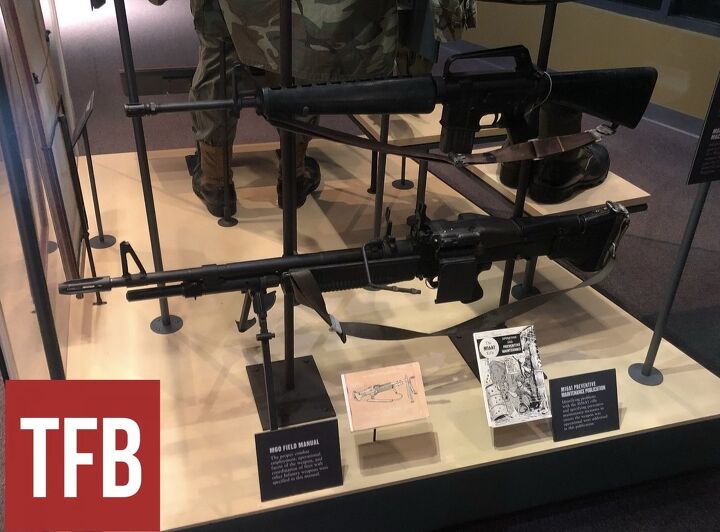






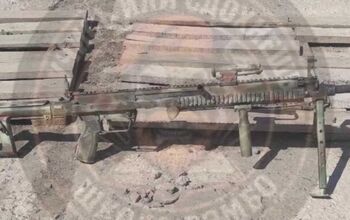

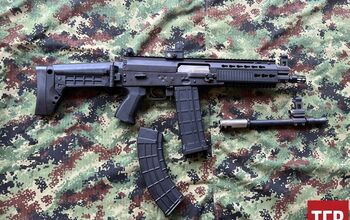
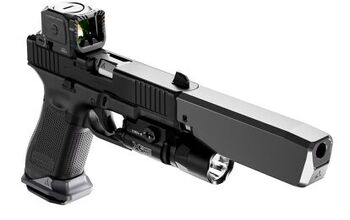




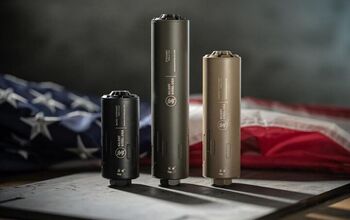

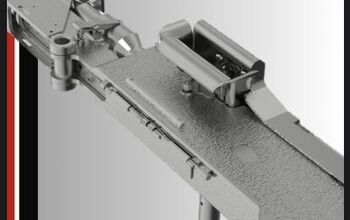






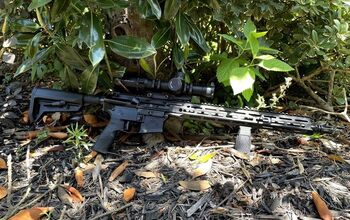
Comments
Join the conversation